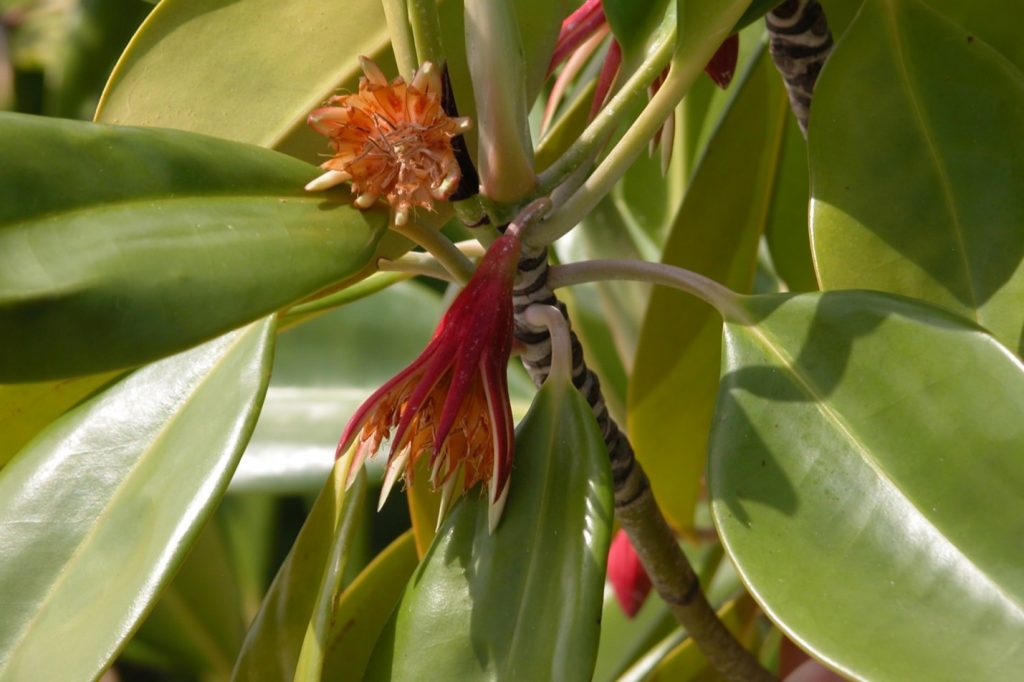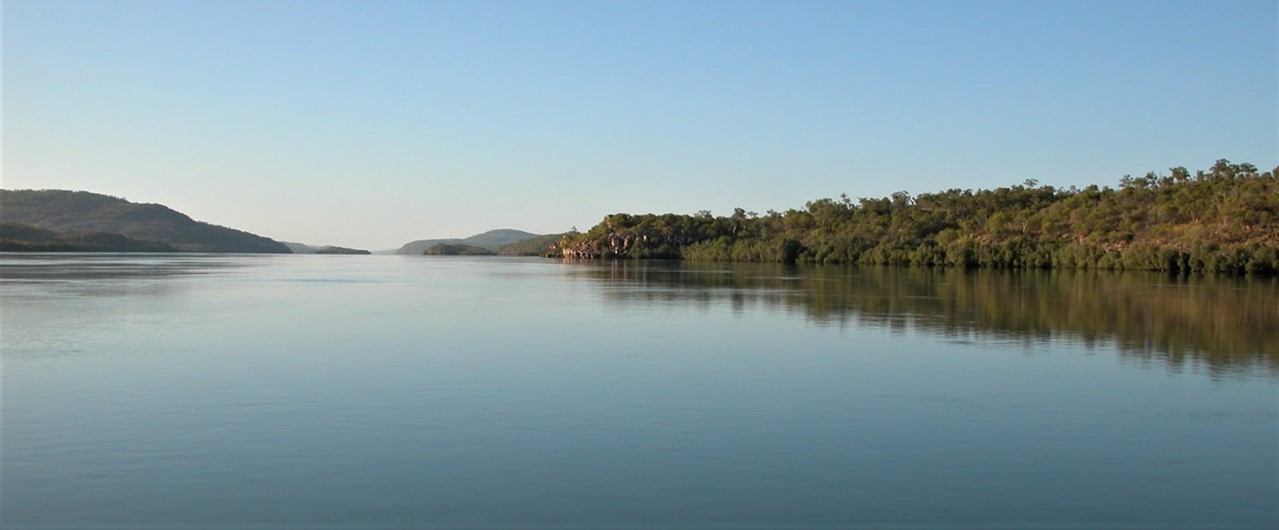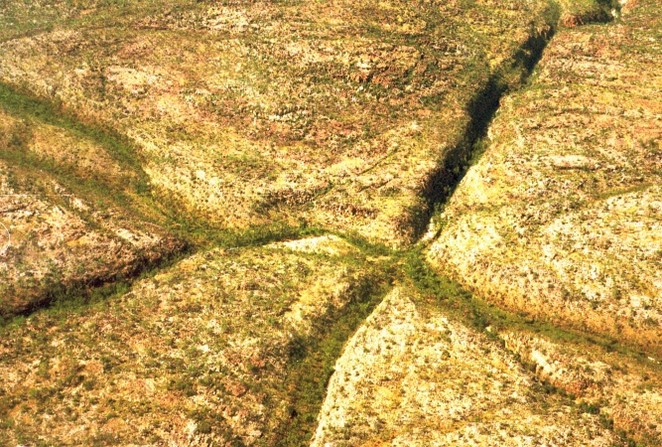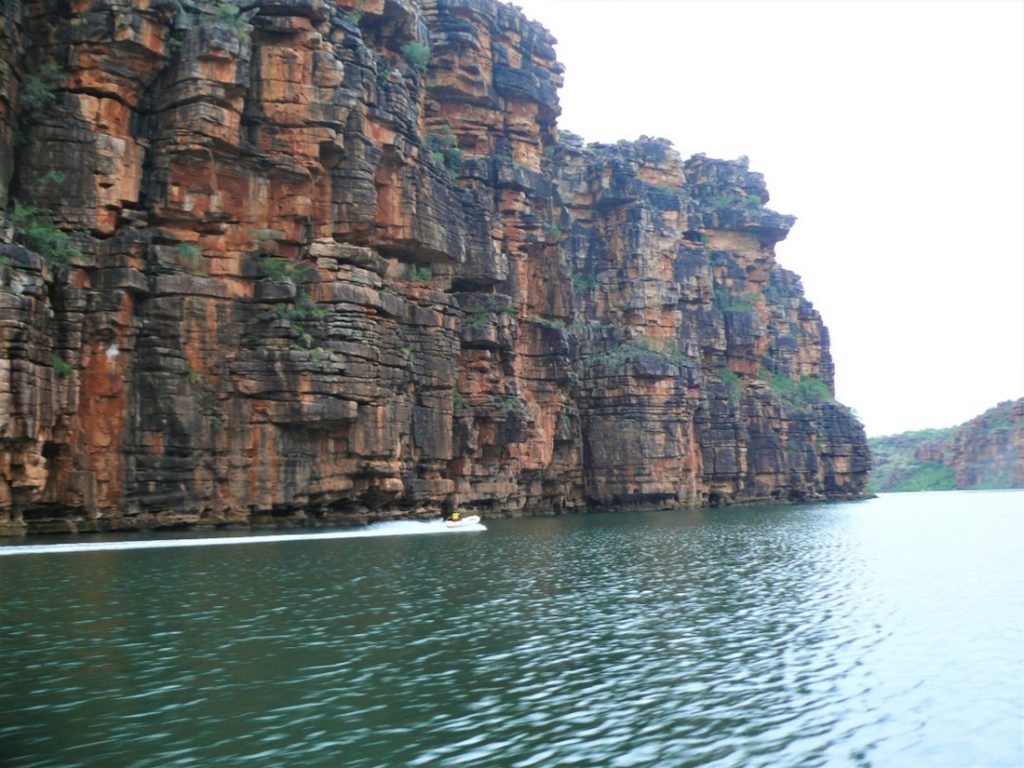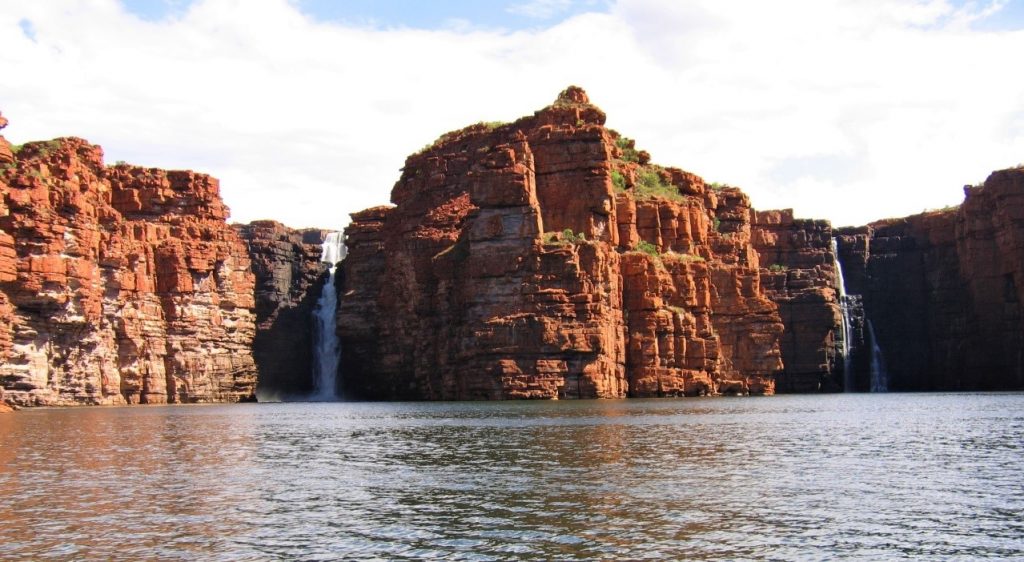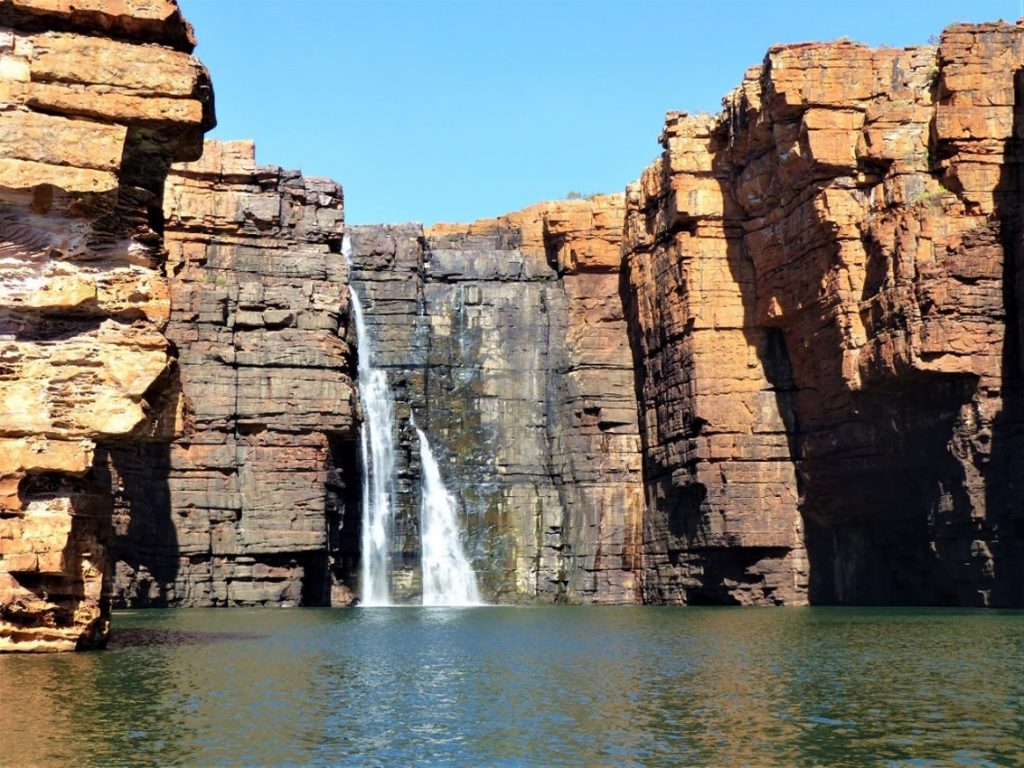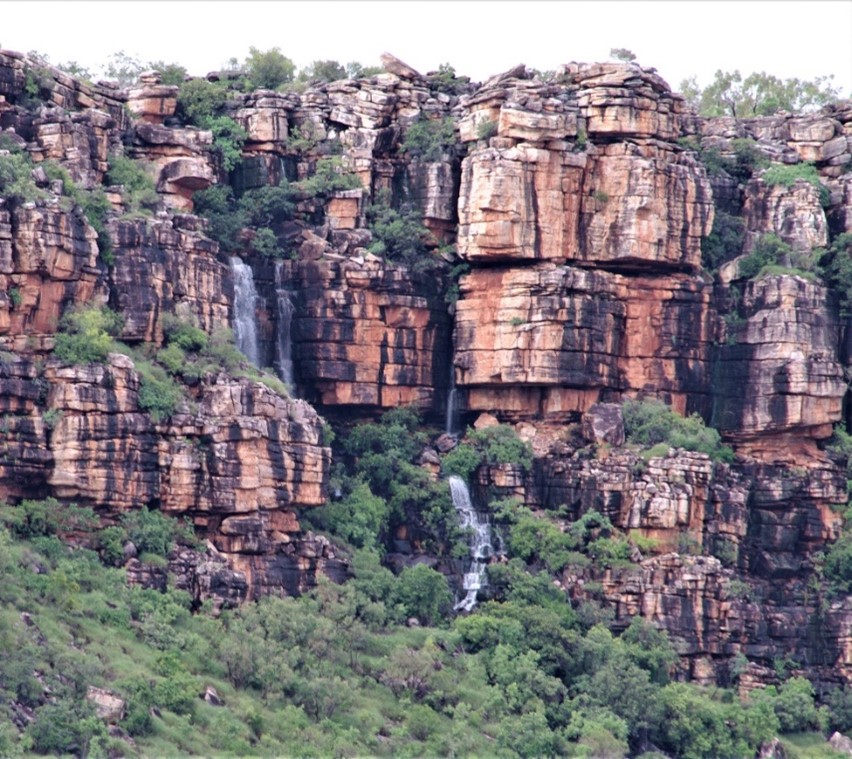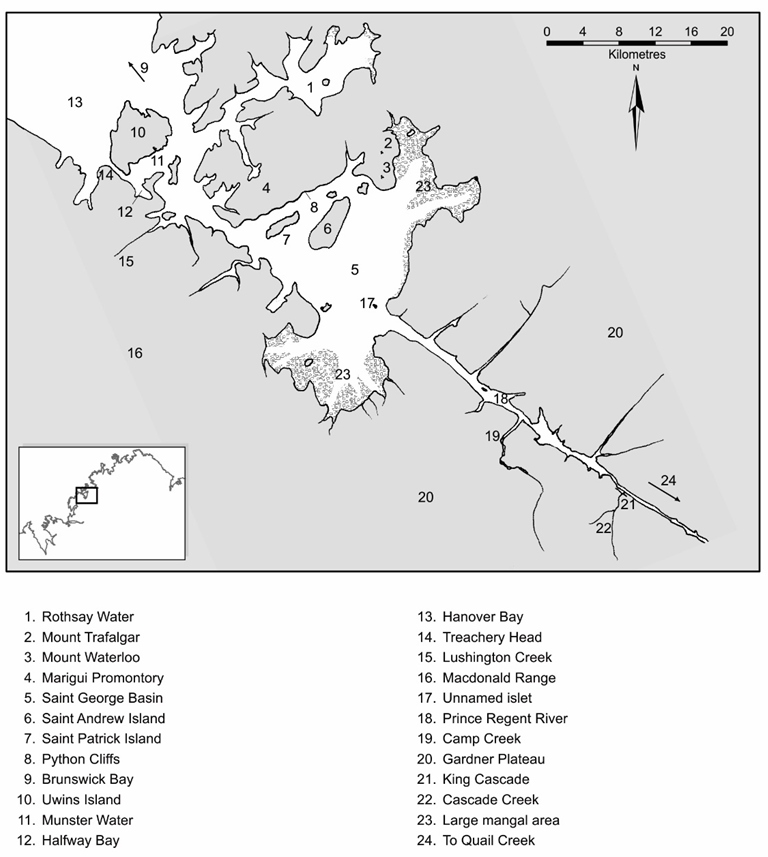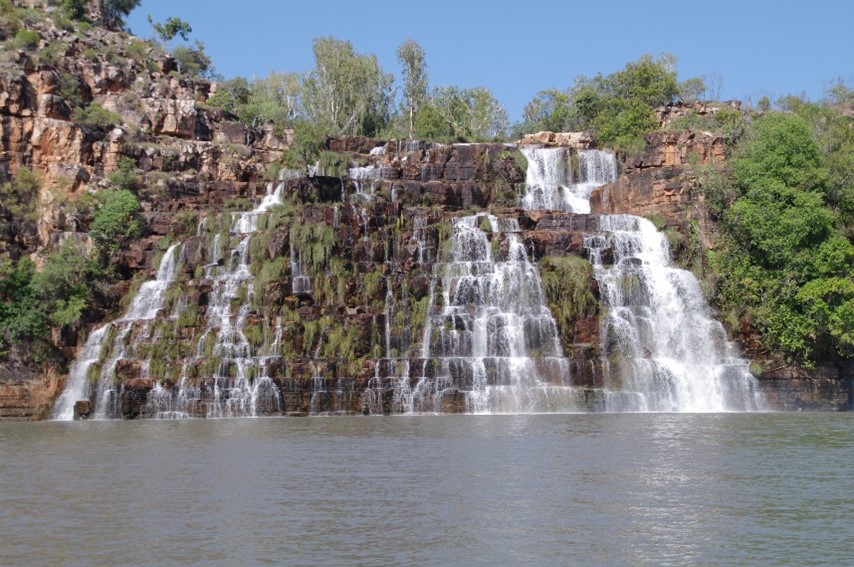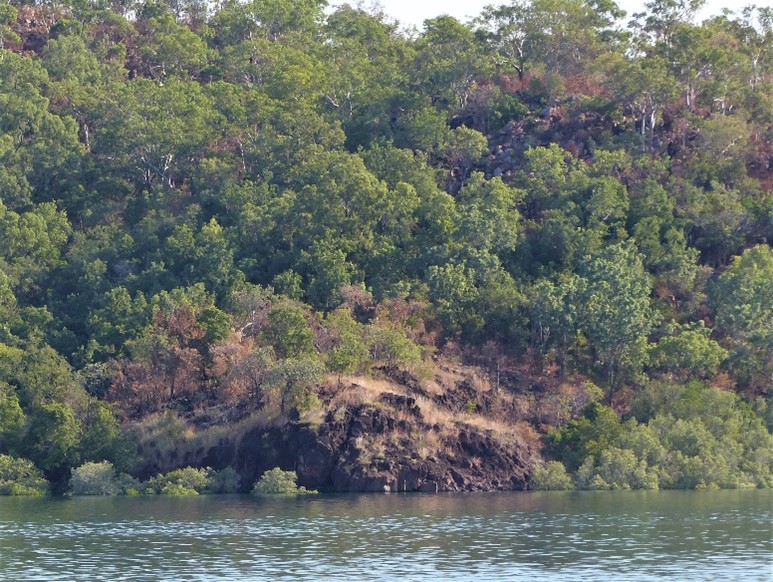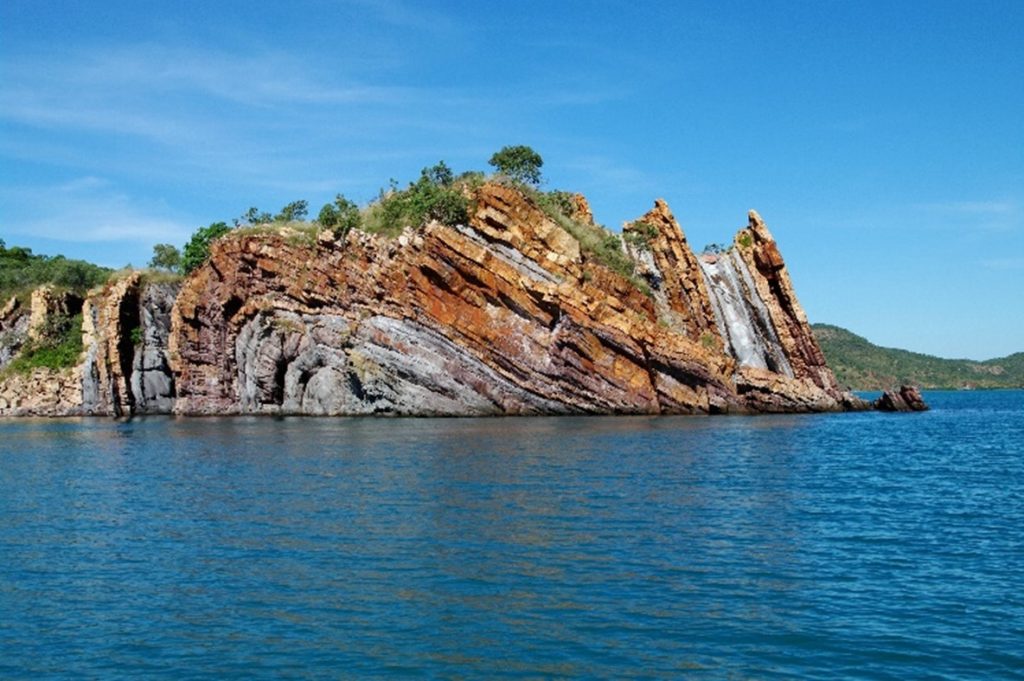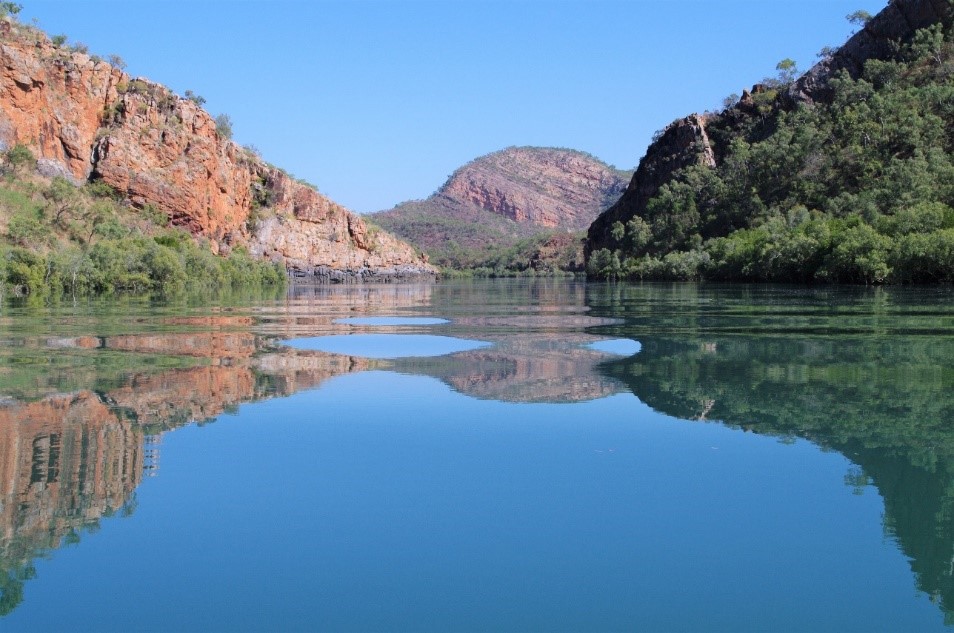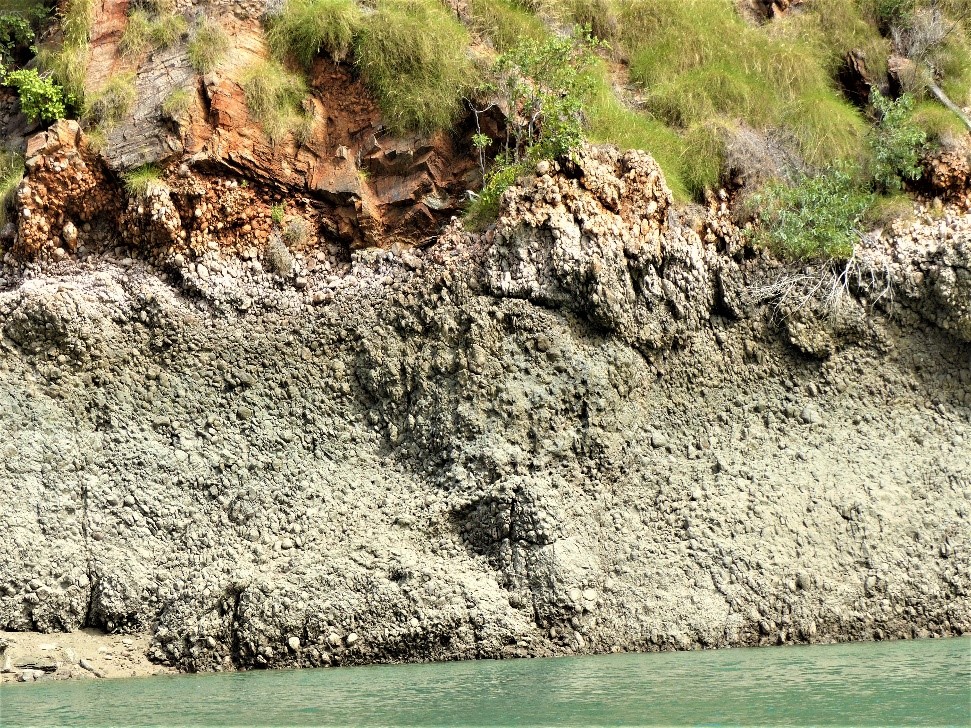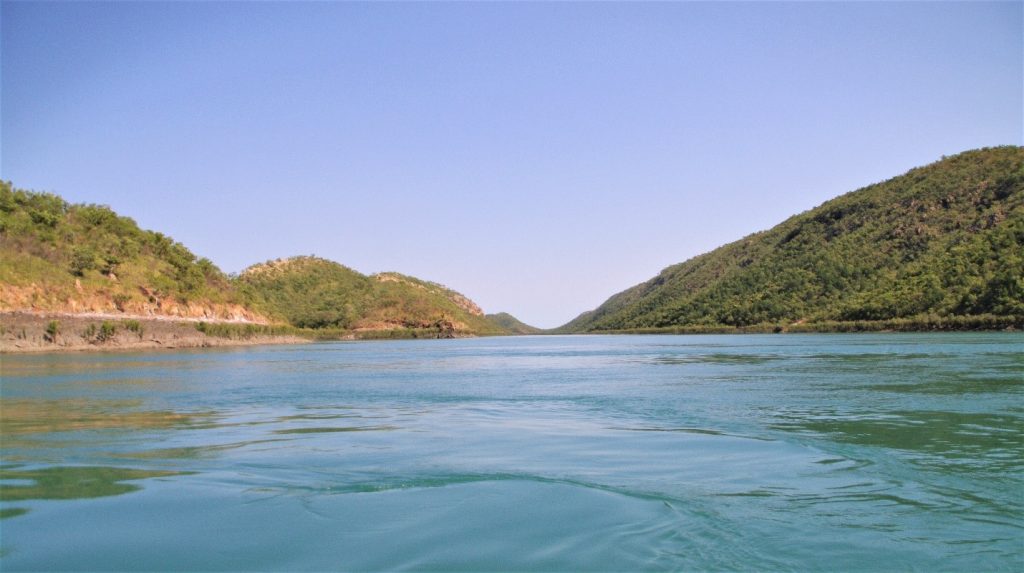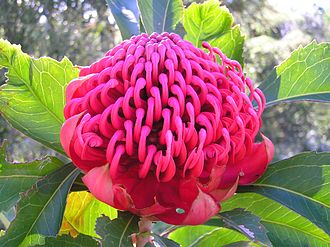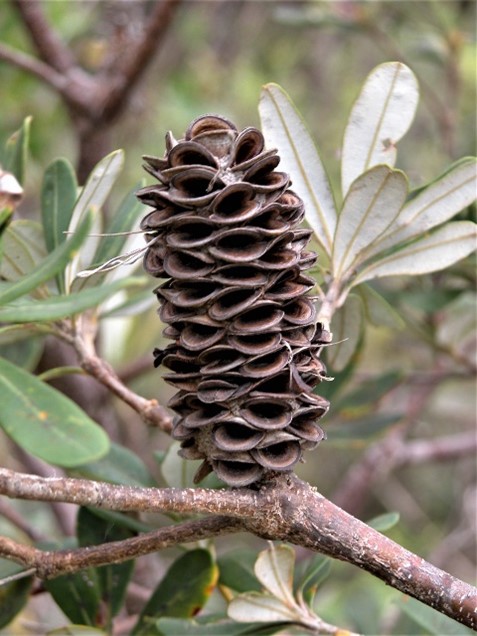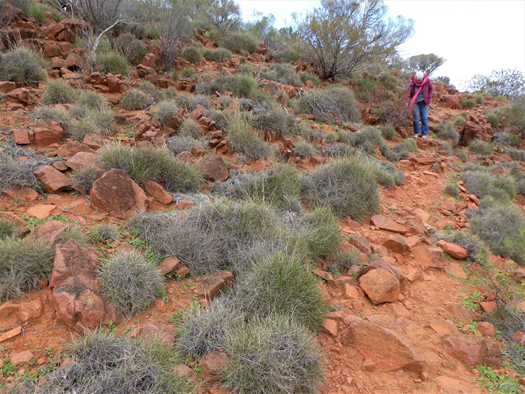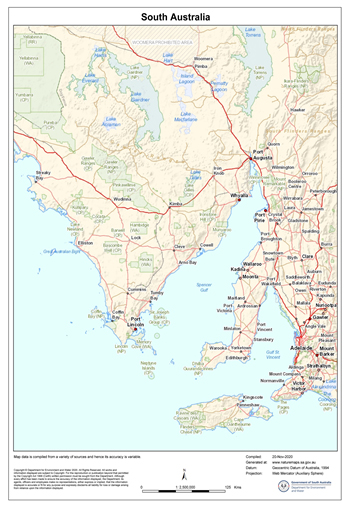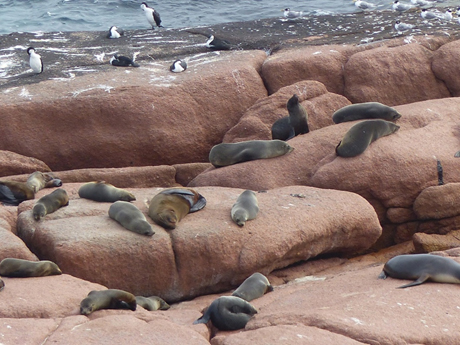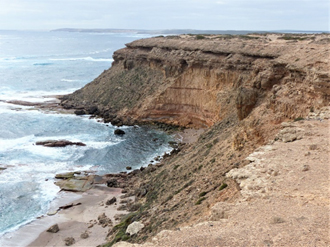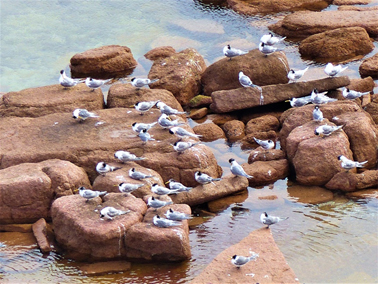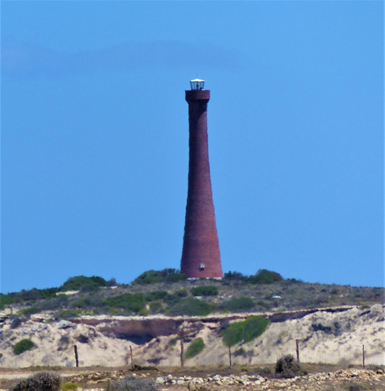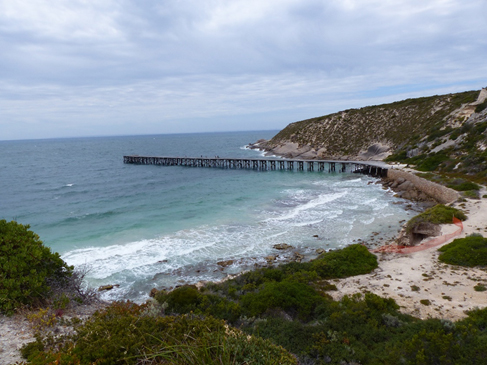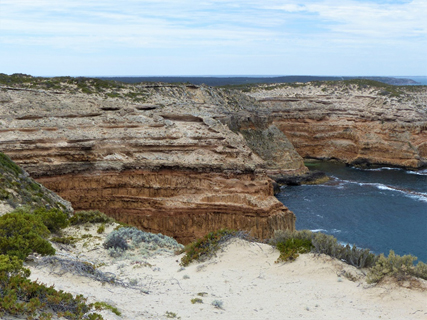Bark variation as seen with Eucalyptus and closely related species
Eucalypt in the common name for well over 700 species of low shrubs to giant trees mainly growing in Australia with about 100 species overseas. Within Australia they are widely distributed, make up a large proportion of species in forests and woodlands and occupy a variety of habitats ranging from high rainfall areas through to arid zones.
The name eucalypt includes the genus Eucalyptus, and often includes several other genera including the close relative Corymbia and more distant groups like Angophora. All these genera are included in Family Myrtaceae. This article will be concentrating on bark features of Eucalyptus.
When we make a preliminary identification of a Eucalyptus species there are a number of distinguishing features including its habit (the form of the tree, shrub or mallee), its bark type (smooth or one of the rough bark types) shape and size of the juvenile and adult leaves, the arrangement of the leaves and their colour. However, for a firmer identification of the species you are likely to need the flower buds to see their shape and how they are clustered, the flower and some of the woody fruits. The use of these diagnostic features is beyond the scope of this article that concentrates of features of Eucalypt bark.

Two members of the Myrtaceae from the east Kimberley, a box Eucalyptus sp. (left) and a Corymbia sp (right).
Bark types
Bark is the outer protective layer of stem tissue in wood plants, it is formed of corky tissue which is dead tissue that overlies active the living tissue essential for growth and as the plants conductive tissue. These latter tissues overly the central woody tissue which is dead.
The outer layers of bark provide us with characteristics that allows us to subdivide eucalypts into smooth bark or rough barked species. The type of bark was often used as the main identifying feature of people involved with forestry and saw milling.
Smooth bark species often called gums, may have plain white, copper or salmon coloured bark or spotted colours; bark with scribbly like marks; with small flakes of shedded bark or cascaded with ribbon bark, shed from smooth bark above.
Note that the name gum tree is commonly used when referring to all eucalypts but more technically the term only applies to those with smooth bark. Well known gums include salmon gum Eucalyptus salmonophloia, snow gum E.pauciflora and Sydney blue gum E. saligna, a species with generally smooth bark but often with rough bark is persistent at trunk base.

E. grandis, flooded gum planted is a wet fern gully, Mt Lofty, Botanic Garden, SA. It has a smooth upper trunk and a fibrous or flaky base with. E.grandis often reach 50m high and with ideal growing conditions may reach 8m.
Karri (E. diversicolor) are the giant gum trees of southwest Western Australia and as their specific epithet diversicolor suggests, they have a varying colour range including whitish grey to reddish grey. In E. viminalis commonly known as manna gum or ribbon gum, bark is shed in long ribbons that my hang in lower branches

A gum tree shedding its bark as ribbons. Possibly E.viminalis. Wet forest community, Noosa, QLD.

River red gum (E camaldulensis) Bulloo River near Thargomindah, southwest Queensland. August, 2022. This gum has the widest Eucalypt distribution in Australia, and it is common along most inland watercourses except those in SW Western Australia. It may also be found in the grassy woodlands such as the Western Volcanic Plains in Victoria.
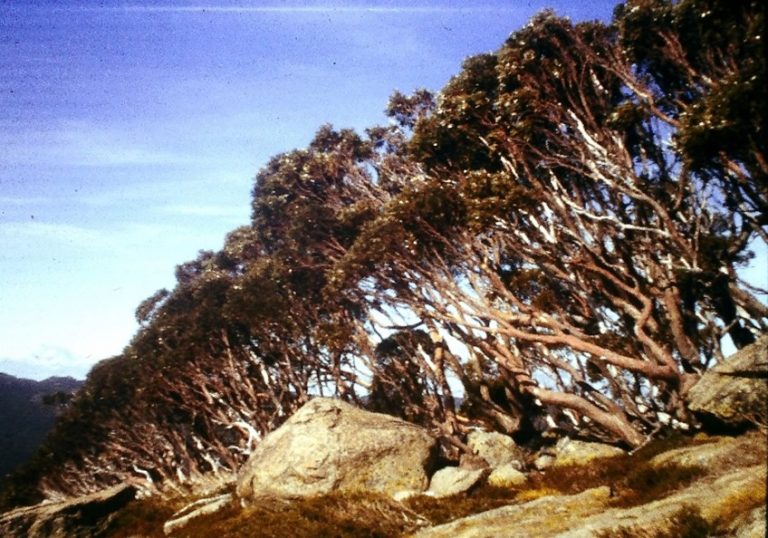
A ridge populated with snow gum (E. pauciflora). Near Thredbo, Kosciuszko, NSW National Park
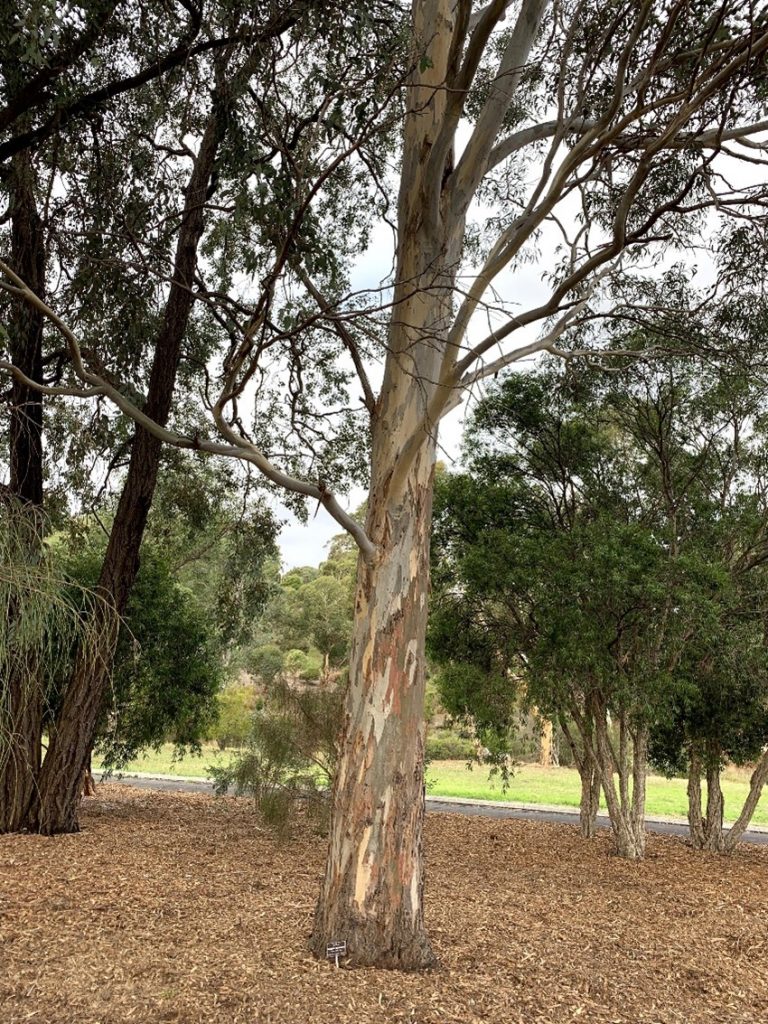
River red gum E.camaldulensis planted in Wittunga Botanic Garden, SA
In rough barks, the outer bark is not necessarily shed from the stem/trunk as thin layers but builds up as dead tissue and only the very outer layers fall away. These barks contain varying amounts of lignin, tannins and kino complex chemical materials that binds this outer bark. The added chemicals determine the colour and strength to the bark fibres..
When eucalypts have interlocking bark fibres bound together but that may be pulled off as long thick pieces they are described as stringybarks or mahoganies. Red stringybark E. macrorhycha occurs in southern eastern Australia has grey to reddish brown on the trunk and branches. Some stringybarks, like E.nicholli, are also called a peppermints attributed to the smell of the oil released when its leaves are crushed.

Narrow leafed black peppermint, E. nicholii . Planted in Wittunga Botanic Garden, SA

A group of Darwin woollybutts (E.miniata) box barked trees with their lower trunk covered with rough fibrous bark but the upper section is smooth like a gum. Northwest Kimberley, Western Australia.
E.nicholii, is a box. This term used to describe trees with a fibrous bark but the fibres are not long enough to be removed a long strings. Darwin woollybutt, E. miniata is a box that grows across much of northern Australia and may be distinguished by its bark from its regular companion species E. tetrodonta, commonly known as Darwin stringybark. Yellow box, E. melliodora is so named because in some trees the bark has a yellowish colour but in main the fibrous outer bark is grey to red-brown.


E.tesselaris a box with tessellated bark, Stanley Island, Flinders Group National Park, Great Barrier Reef.


E. macrocarpa (Green leafed or grey box) left and Murray box (E. largiflorens) right. Both planted in Wittunga Botanic Gardens, SA.
Both planted in Wittunga Botanic Gardens, SA.
When the tissue is heavily impregnated with kino and the outer dead fibres may become very hard, thick and furrowed. This is typical in eucalypts called ironbarks. With mugga ironbark, E. sideroxylon, for example, the trunk bark is dark brown to black but the leading branchlets may be smooth and white.

Two ironbark species E. calyei and E. sideroxyon. Caley’s iron bark (left) and mugga ironbark (right), planted in Wittunga Botanic Gardens Adelaide, SA


E. sideroxylon, mugga ironbark, Wittunga Botanic Garden, SA
Plant Habit
Habit is defined for eucalypts as the general appearance or characteristic growth-form of a plant. Most of the examples used in this article relates to Eucalypt trees. However, several of the Eucalypt species mentioned may also develop in the mallee form under the right conditions and may look like shrubs. Mallees are defined as multi stemmed eucalypt shrub with multiple stems arising from a woody swelling called a lignotuber. The stems(branches) of mallee arise from regenerative buds of the lignotuber and in a tall mallee may reach height (8m) equivalent to a small tree.


Tall mallee growing in the western Riverina, NSW (L) and a smaller species, blue mallee (R) from arid central Australia.
Trees and shrubs are both woody plants with the main difference in the field being their height. Trees are over eight metres and are composed of a trunk that is generally free of branches This main part of the trunk may be referred to as the bole and above the bole is a canopy made up of branches and their leaves. Trees that tend to grow in woodlands have a bole that is generally shorter than the depth of the canopy. In forests the bole is the longest component.

Eucalypt woodland, Ebor NSW (L) Eucalypt open forest southern edge of Pilliga National Park, NSW (R).

The canopy of forest species is flatter than the rounded canopy of a woodland. The canopy of a forest is said to be closed when less than 80% of the sun light reaches the ground and so they are called closed eucalypt forests. Open eucalypt forests have between 50% and 80% canopy cover and with woodland trees are more widely spaced and there is 20% to 50% crown cover. From the attached map (below) it is quite evident that the gradation from closed eucalypt forest through to eucalypt woodlands fairly closely parallels the annual rainfall totals that decrease as we move inland.

Woodland gums in grazing paddock approximately 35km west of Penola SA.

Tall eucalypt stringybark woodland South West of Saumarez’, Armidale NSW (L) Eucalypt forest at Dwellingup, WA (R).



The base of a giant eucalypt, with a girth of at least 12m at chest height on the edge of a patch of closed/tall eucalypt forest, high rainfall area, central east Tasmania.

Bark extracts and uses by Australia’s First Nations people.
Extracts from bark include tannins which are used the leather tanning industry and several other ‘medicines’ have been extracted and used by First Nations people. Three of their medicinal properties are bark extracts that acted as an astringent, anti-inflammatory or antiseptic. The 1980s Australian Bicentennial Aboriginal Pharmacopoeia details these and other medicinal drugs extracted from eucalypt bark.
Sheets of bark was also used to make shelters and such shelters are referred to as a gunyah and worley. Large sheets (eg 3.1m x 0.45m) were used to make watercraft formed into a canoe shape with the forward and aft sealed by stitching and the use of clay. The scars of the removal, mostly on now aging river red gums (E. camaldulensis) have often grown over the full outline, but the canoe shape may be easily seen.

One of the many Aboriginal created ‘canoe trees’ most often seen on old, often dead E. camaldulensis. South eastern SA.
Sheets of bark removed from E. tetrodonta, a northern Australian stringybark, served in place of canvas, paper or stone as a painting surface for several First Nations people. The freshly cut curved and damp sheets cut from stringybark trees was held over a fire to help in the drying and flattening process. The sheet is then laid flat, weight down with heavy stones then used for painting once the inner surface is dry and flat. Bark painting has been common in land especially among the Yolngu of Arnhem Land since the 1930s especially so by clans-people from Yirrkala and Milingimbi. Artwork in this medium is recognised as fine art and may be acquired at several centres in Arnhem Land such as at the large cultural centre in Maningrida.
Trunk growth and bark
The girth of a tree and other woody plants grows outwards as a response to growth in the cambium layer, a tissue made up of reproducing cells found beneath the bark. Associated with division the cells become specialised as tissue that becomes the bark, tissue that conducts organic nutrients (phloem), or tissue that conducts water from the roots (xylem). As the tree trunk expands the outer bark which is dead may be shed and is replaced by cambium as it produces the inner bark, along with the other specialised tissues. The more central tissue of wood is expanded as a new ring of dead xylem fibres is added.
Growth rings are formed from a band of new wood produced under the bark each growing season and this easily examined in a sawn off trunk or stump, or via a core drilled through the trunk of a standing tree.

This 40 cmx 90 cm bark painting on bark by Nicholas Pascoe (Burarra language; Ji Malawa location), was purchased at the Maningrida Arts and Culture around 2000. The story in the painting is related to inland environments.

A freshly cut non eucalypt log (Sassafras ?) showing growth rings The lighter red coloured wood is from the rapid growth season, usually the wettest and warmest, the darker lines are from slow growth in the winter. Combined light plus dark equals an annual ring. Note light band outside the dark heartwood will gradually become stained as the expansion of the girth continues. Cool temperate rainforest, Tarkine, NW Tasmania.
Trees growth follows a fairly regular seasonal climate pattern, as usually occurs outside Australia in say north America and Europe.
Dendrochronologists, people who study the growth rings of tree trunks, may give a reasonably accurate estimate of a tree trunks age by counting the annual growth rings. However, for most parts of Australia climates are quite variable and this is reflected in the growth and the irregularity of the tree ring pattern.
In most of Australia the age of most eucalypts may not be assessed by studying their growth rings. However, snow gum (E pauciflora) from say the Snowy Mountains do produce fairly definitive annual growth rings, but the river red gum (E. camaldulensis) growing on a riverbank in western New South Wales do not.
It appears that species growing in the higher cooler parts of Australia and parts of Tasmania tend to produce annual rings. A sample from a Huon pine (Lagarostrobus franklinii) from Mt Read in Tasmania has been estimated at 3,600 years old using annual ring data. By determining the width of growth rings, it also possible for dendrochronologists to interpret to environmental conditions during the period of formation.
Damage to the bark may be deep enough to destroy the cambium and phloem in particular. Injuries such as that caused by wood eating insects or an axe may be severe and lead to death of the tree especially when trees are purposefully ring barked with removal of a complete band of bark. Ring barking was commonly employed as a tree killing exercise in land clearing by pioneer farmers.
When there is only partial damage to bark e.g. a fallen branch or wind damage, cambium become active and produces growth around the damaged edges. This overgrowth is also a reaction when say old fencing wire is left tight around a tree or as happened in the past when explorers and surveyors left axed marks on trees. Over time bark covers the point of damage and these marks are hard to distinguish.
Eucalypts growing on undulating and steep country tend to collect dead leaves and fallen branches on their uphill side. With this increased fuel, bush fires in such a community will burn more severely on the upside of a tree and burn more deeply. Trees growth reacts with growth around the burnt edge so producing an inverted V-shaped scars often on uphill side of eucalypt tree trunks.

A typical eucalypt fire scar on Blakeley’s red gum (E.blakelyi ?), Pilliga National Park, W NSW.
The scars may be deep enough to hollow out the base of the trunk so forming a shelter place or, as is the case in case in The Budj Bim Cultural Landscape in south western Victoria, the hollow was used by the local Gunditjmara clan as a smokehouse for curing kooyang, the short-finned eel.

A fire scar in an old manna gum, E. viminalis. A park guide in Budj Bim Cultural Landscape suggested that this was one of the tree hollows used as a smokehouse for smoke-curing short -finned eel from their fish traps.


